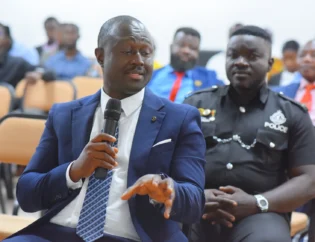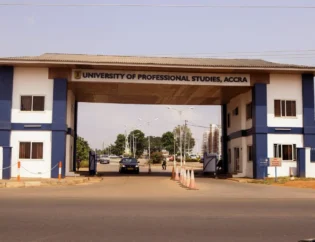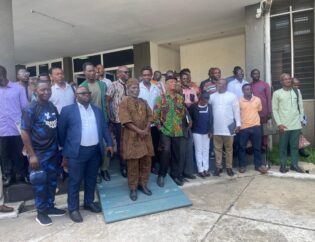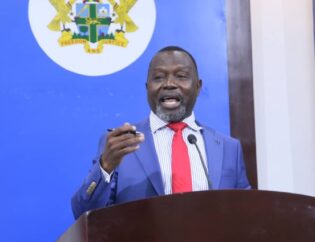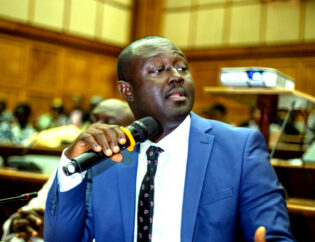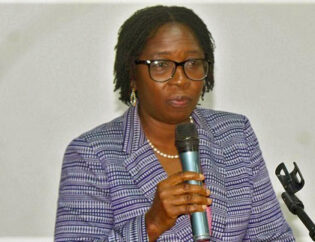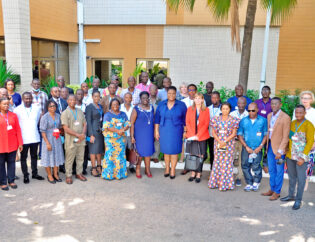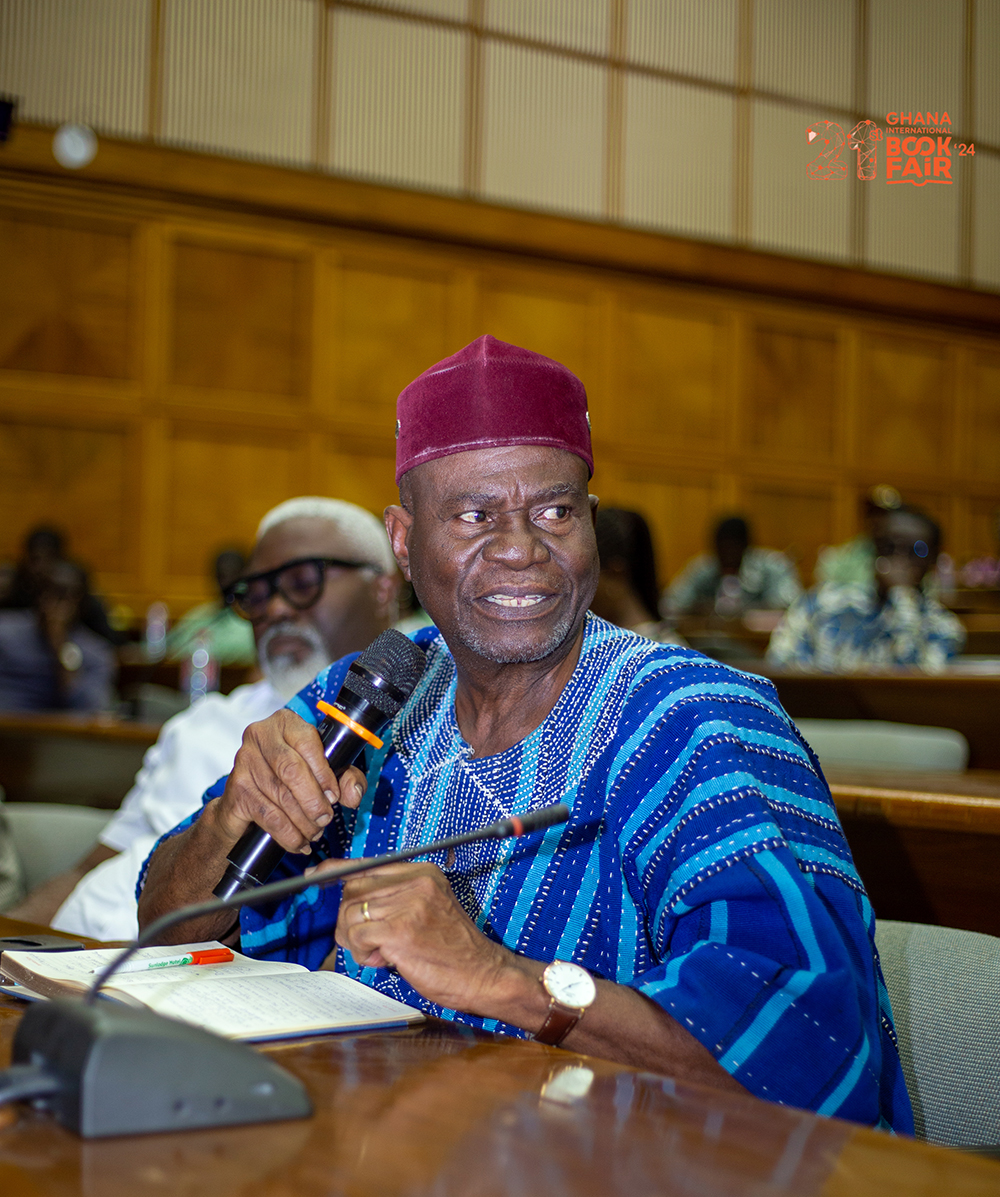
CopyGhana Survey Uncovers Significant Copyright Violations in Digital Uses of Text and Image-Based Works in Tertiary Institutions in Ghana
A survey conducted by the Reproduction Rights Organization of Ghana (CopyGhana), in collaboration with the World Intellectual Property Organization (WIPO) and the International Federation of Reproduction Rights Organizations (IFRRO), has uncovered significant findings regarding the digital usage of text and image-based works in tertiary education institutions in Ghana.
Presenting the findings during a sensitization workshop organized by CopyGhana in Accra on August 9th, 2024, Dr. Magnus Ebo Duncan, the research consultant, noted that the survey was conducted in ten tertiary institutions, including universities and colleges, with over 1,000 respondents comprising students, lecturers, and librarians.
The primary objective of the survey was to collect and analyze data on the extent, nature, and effects of digital uses of text and image-based copyrighted works in user institutions in Ghana. The project aimed to gather the necessary field evidence to raise awareness about the need for digital licensing for text and image-based works in Ghana.
The results revealed that 82.8% of respondents identified texts and images from the internet as their largest source of learning materials. Additionally, 48.9% of respondents indicated that handouts from lecturers were a primary source of learning materials. Mobile phones or tablets were reported by 85.2% of respondents as the most commonly used electronic devices for accessing the internet. E-books constituted the largest category of materials downloaded from the internet.
Despite the high volume of digital usage, 87.3% of respondents believed that online content is free and did not make any payments for accessing materials, suggesting that creators are likely not being compensated for the use of their works.
In addition to responses gathered through interviews, a situational analysis study of digital usage practices was conducted. It was found that a majority (65.5%) of downloaded materials were of foreign origin. Moreover, materials were more frequently downloaded from free-to-view websites (62.5%) than from institutions' subscribed e-resource platforms (37.5%). This indicates that even with subscriptions to e-resources, institutions may not be fully protected against online copyright infractions. Furthermore, only 8.2% of respondents reported making payments before accessing information online, with the majority paying nothing.
Regarding institutional library practices concerning digital usage and electronic information resources, eight out of the ten selected institutions indicated that they have scanned or plan to scan hard copy materials. Seven of these institutions cited preservation as the reason for scanning, while five mentioned user accessibility.
Orphan books (those with unknown copyright status) and out-of-print publications topped the list of materials that have been or will be scanned. However, it became apparent that respondents of this question who were librarians or library assistants had limited understanding of the serious copyright violations at stake.
Five institutions claimed they obtained or would obtain the right to scan materials from the copyright agency, three intended to seek permission directly from rights owners (a practically impossible task), and one institution from the agent of rights owners. Regarding whether students made any financial contributions for accessing the subscribed works, five institutions confirmed that students make some payments as part of academic facility user fees and library user fees.
Further investigations were conducted to ascertain the copyright status of materials used by lecturers to prepare lecture notes, slides, and handouts for students. It was discovered that materials used by lecturers in preparing these resources were derived from copyright-protected works, including personally purchased hard copies, personally scanned/photocopied materials, academic journals, e-books, and other online electronic materials. E-books and academic journals were the most frequently downloaded materials by lecturers, with 58.4% indicating that they made payments for some of the materials downloaded, and the majority (81.3%) paid to publishers.
When asked if respondents were aware of any documented copyright policy within their institutions to guide lecturers, students, and other staff on the legitimate use of copyright-protected materials, the majority (62.1%) of lecturers interviewed responded that they were unaware of any such documentation.
Dr. Duncan emphasized that, although the study did not directly measure the extent to which permissible rights for using intellectual property were abused by students, the evidence of the number of pages of published materials downloaded and saved by the students interviewed suggests that copyright infringement is being perpetrated against rights holders. This is further supported by the fact that only a few students indicated that payments were made to access the materials. Generally, knowledge of copyright is limited among the majority of lecturers, which has implications for the unrestricted use of others' works by both lecturers and students.
In his concluding remarks, Dr. Duncan noted that there is ample evidence of copyright violations by lecturers, librarians, and students concerning the digital usage of text and image-based works in tertiary institutions in Ghana.
He emphasized the need for collaboration between CopyGhana, representing both local and foreign rights holders whose digital rights are infringed upon, and educational institutions to regularize digital usage through licensing schemes where applicable by law. He further recommended the formulation of copyright policies for educational institutions to guide staff and students in avoiding copyright offenses.
